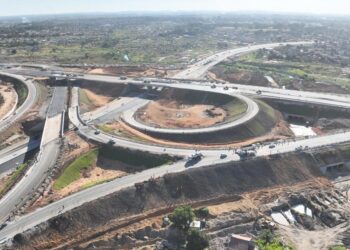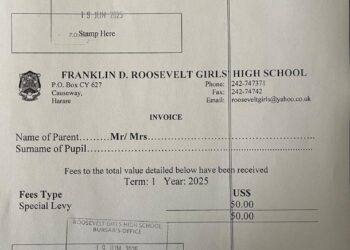Zambia will shut down the hydropower facility on its side of the lake on September 14, leaving families and businesses with only three hours of electricity per day, while Zimbabwe has stated it may have to switch off the turbines at its hydropower station in December.
The drought, induced by climate change, has resulted in a major decline in water levels at Kariba Dam, the world’s largest man-made lake and a shared electricity source for the two countries.
The Zambezi River Authority (ZRA), a binational agency that controls the shared lake’s water resources, announced this week that as of August 26, the amount of water available for electricity generation has plummeted to only 8% of normal.
“The lake level is steadily decreasing due to low inflow, closing the period under review at 476.76 metres (8.71 percent usable storage on August 26, 2024,” ZRA said in its latest weekly report.
Zambia quickly declared that the hydropower facility on its side of the lake will shut down on September 14, leaving residents and businesses with only three hours of electricity each day.
Zimbabwe, for its part, has stated that it may be compelled to switch off the turbines at its hydroelectric station on the southern side of the lake in December, when it expects to have exhausted its water allocation for electricity generation.
Harare has already decreased its electricity generation from Kariba to 214MW from a total installed capacity of 1,050MW.
Experts think major inflows into the lake will be recorded around the start of the southern African winter around May next year, which could spell months of extended power shortages for the two countries.
Source: East African










